The Welsh onion (Allium fistulosum) is a non-bulbous perennial plant native to East Asia. A close relative of scallions, the Welsh onion is commonly called the Japanese bunching onion, long green onion, bunching onion, spring onion, and Japanese Negi. This allium has a similar flavor and odor to the common onion (Allium cepa), but A. fistulosum doesn’t grow individual bulbs.
Bright green in color, Welsh onions have pencil-thick stems, round, hollow leaves, scapes, and chive-like blossoms that bloom throughout summer. The plants multiply by forming ornament-worthy, perennial evergreen clumps. The Welsh onion is used in soups, salads, stir-fries, and as a garnish.
Growing Welsh Onions
Welsh onion needs a permanent place to grow because it’s a perennial. The plants need very little space and thrive in full sun. The ideal environment for these onions is moist, compost-enriched, well-draining soil that has a pH level of between 6.2 and 6.8. For best germination, plant onion sets — the plant’s bulb-like seeds — that have been in storage for no longer than one year.
Plant the onion seeds in mid-summer for harvest in late winter or early spring. Sow the seeds in rows just below soil level, leaving 8 to 12 inches between each seed, and cover the seeds completely in soil. Spread a thin layer of mulch over the plot.
Alternatively, sow Welsh onion seeds indoors in April, planting them ½-inch deep in a seed starter, and covering lightly with moistened soil. Onion seeds germinate the best when the soil temperature is around 70°F. The seedlings appear within a week or 10 days of planting. Transfer seedlings to an outside garden when they are one month old, and after the last frost.
Caring for Welsh Onions
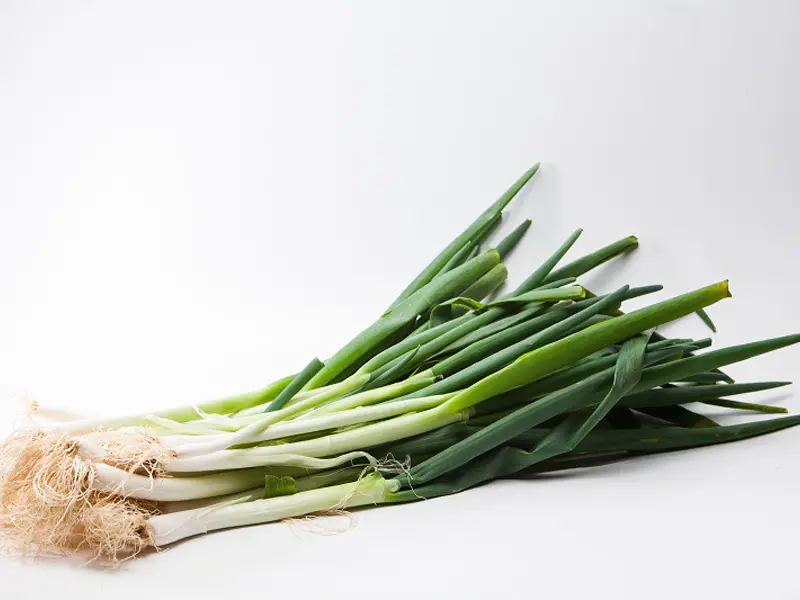
A hardy member of the onion family, the Welsh onion doesn’t need special care. A. fistulosum plants are drought-tolerant, but crop size and harvest are benefited from regular irrigation during dry spells. Use liquid kelp, fish emulsion, or organic matter to fertilize the plants every three to four weeks, especially during the growing season.
Keep Welsh onions well-weeded throughout the year, particularly in the spring before the seed germinates. Covering the soil around the onions with mulch helps deter weeds and keeps the ground moist.
Harvesting and Storing Welsh Onions
Harvest Welsh onion in its second year, in late spring or mid-summer, to give the young plants a chance to develop robust root systems. The onion plants can be harvested by trimming their green leaves or by digging the entire plant. When the onions are at least 6 inches tall and as thick as a pencil, trim off the green leaves using sharp scissors, or dig the entire plant with a garden trowel. In warm climates, Welsh onion leaves proliferate when trimmed, offering a bountiful harvest year-round.
Store Welsh onions for up to 10 days in the crisper drawer of the refrigerator, for three to six months in the freezer, or for several years if dried.
Prepare Welsh onion for freezing by washing it to remove all traces of soil, then allowing the onion to dry completely before cutting it into tiny rings. Pack the chopped onion rings into zip-lock bags or air-tight plastic containers and put them in the freezer.
Dried Welsh onions can be stored for years and take up very little space. Wash, chop, and air-dry the onions, then place the chopped onions in the oven or dehydrator on the lowest setting until all the moisture evaporates.
Pests and Diseases
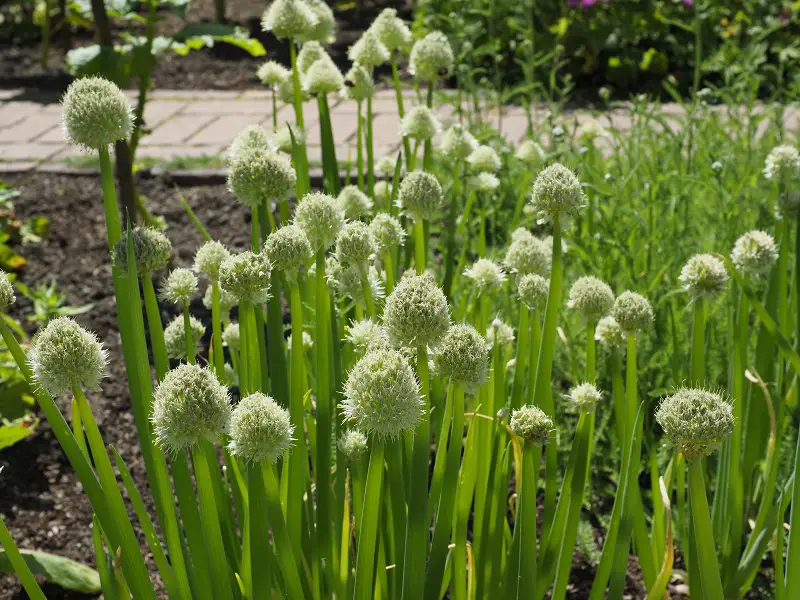
The Welsh onion is fairly resistant to pests and common diseases; however, its leaves are sometimes affected by leaf blight, purple blotch, rust, and white rot.
Allium leaf miners and thrips are tiny pests that target Welsh onion plants and eat the plant or cause deformities on the leaves. Practice crop rotation to combat pests and avoid common diseases by improving the nutrients in the soil.

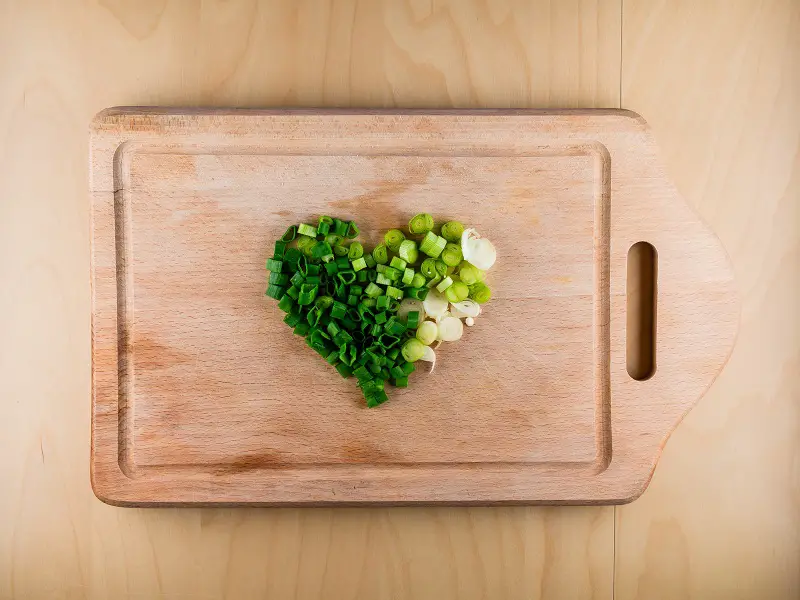

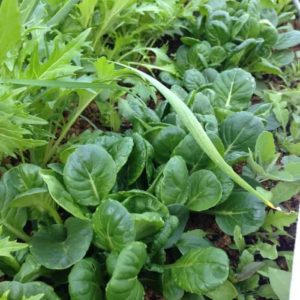
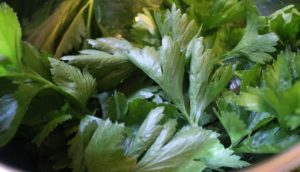
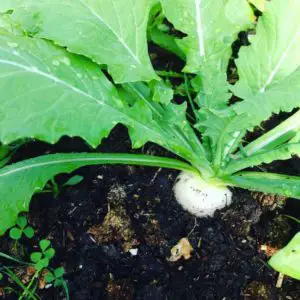
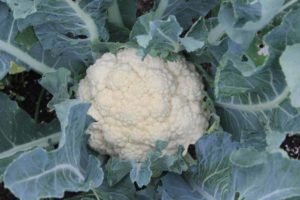
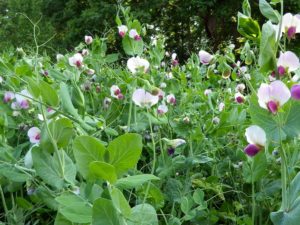
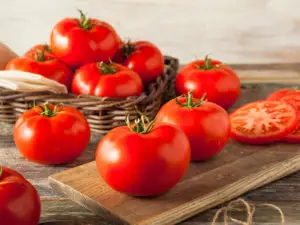
Why have I got a lot of chives with my Welsh onion seeds only 2 onion?
You have to give green onions a chance to recover. The first few leaves will be floppy. Eventually, they will grow sturdier and bigger leaves. Hold off from harvesting until then.
Really it is a great article and more helpful to get the best assistance for tree and gardening services. I am very glad to go through this kind of helpful blog. Thanks for sharing a nice blog.